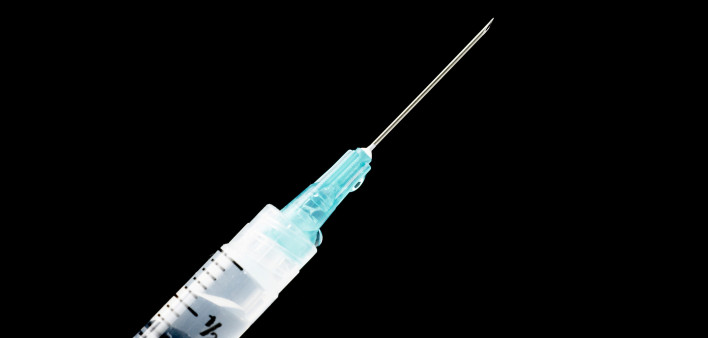Researchers have devised a means of injecting beneath the skin a mix of an antiretroviral (ARV) and other materials that hardens into a removable implant that provides months of sustained HIV medication as it gradually dissolves. Promising tests of this technology in humanized mice and rhesus macaques have raised hopes that such a drug-delivery mechanism may one day help address the problem that can compromise the efficacy of HIV treatment as well as pre-exposure prophylaxis (PrEP): poor adherence to a daily drug regimen.
The coming years will likely see the approval of long-acting injectable forms of HIV treatment and PrEP. However, these particular injections need to be given at four- or eight-week intervals. Hopefully, an injectable implant technology would expand such an interval to six months or longer. Another wrinkle of the current form of long-acting injectable treatment is that it cannot be removed and may linger in the body for months after it has dropped below therapeutic (in the case of treatment) or protective (in the case of PrEP) levels. The removability of an ARV implant would help solve this problem.
Publishing their findings in Nature Communications, researchers designed an injectable formulation consisting of Tivicay (dolutegravir), a polymer and a solvent. They found that a single dose given to humanized mice and rhesus macaques effectively delivered the ARV, suppressed HIV and, among mice that were HIV negative, protected against multiple vaginal exposures of the virus.
Even 283 days after the injection with the ultra–long-acting Tivicay, one third of the mice still had detectable drug in their plasma.
The hardened implant was easily removed via a small incision in the skin.
The implants were well tolerated in both mice and monkeys, with little or no signs of toxicities.
This cutting-edge technology will need to be further optimized before it can make the leap to human trials.
To read the Infection Control Today article, click here.
To read the study, click here.







Comments
Comments